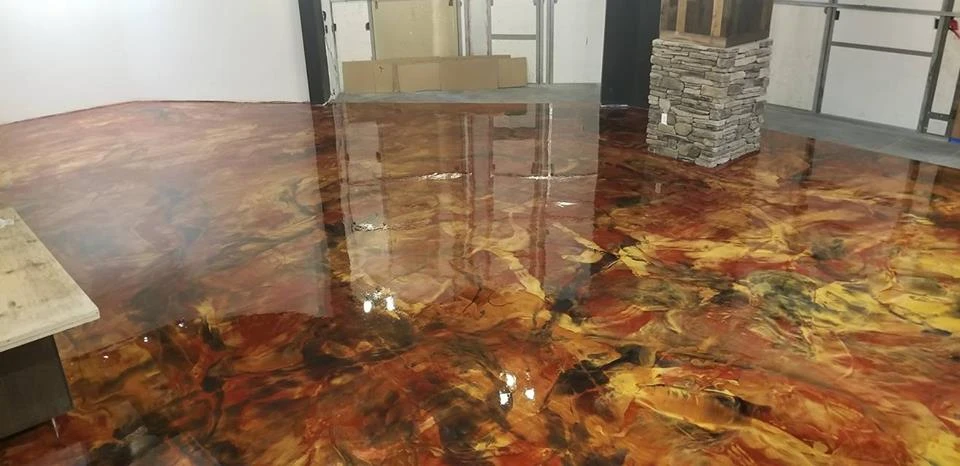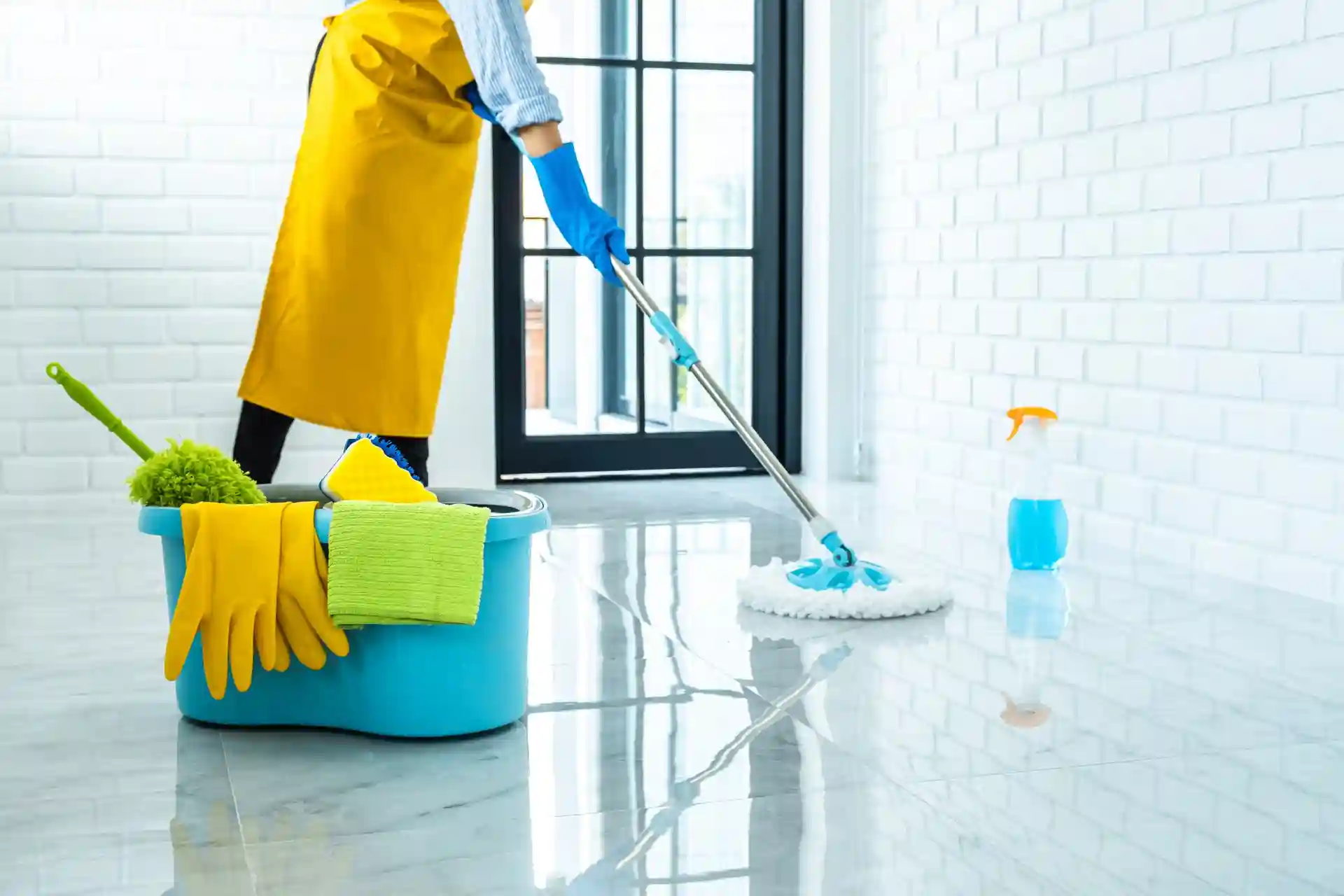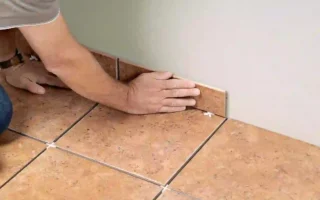When considering epoxy flooring, it’s clear that maintenance is more manageable than it may seem. With its durable surface and resistance to stains and spills, many find the upkeep simpler than expected. Regular cleaning with mild detergents can keep your floor looking pristine. Common misconceptions help dispel fears about maintenance challenges. Many people think epoxy floors require constant care; however, this isn’t the case. A little attention goes a long way in preserving their beauty. Implementing preventative measures can significantly extend the lifespan of your flooring. Simple practices like using mats at entry points or avoiding harsh chemicals make a difference. Investing in epoxy flooring could be one of the best decisions for aesthetic appeal and functionality in any space you choose. The easy maintenance, durability, and style make it an attractive option for homeowners and businesses. Whether renovating or starting fresh, epoxy might be the perfect choice for your next project.
What is Epoxy Flooring?

Epoxy flooring is a high-performance surface made by combining resin and hardeners. This unique blend creates a durable, seamless material that bonds exceptionally well to various substrates like concrete. Often found in commercial settings, epoxy is gaining popularity in residential homes for its aesthetic appeal and versatility. It can be customized with different colors, patterns, and finishes, allowing homeowners to create a look that suits their style.
One of the key features of epoxy flooring is its resistance to stains, chemicals, and moisture. This makes it an ideal choice for garages, basements, kitchens, and even retail spaces where heavy foot traffic occurs. Installation typically involves applying multiple layers over the existing floor surface. Once cured, it forms a solid bond that enhances appearance and functionality while protecting against wear and tear.
The Benefits of Epoxy Flooring
Epoxy flooring offers various advantages, making it an appealing choice for various settings. One significant benefit is its durability. This flooring can withstand heavy traffic, making it ideal for commercial spaces and garages. An advantage is its resistance to stains and spills. Cleaning messes become hassle-free, as most substances won’t penetrate the surface. Aesthetics also play a role; epoxy comes in countless colors and finishes, allowing customization to suit any environment. Whether you prefer solid hues or intricate designs, there’s something for everyone. Epoxy flooring contributes to safety with its non-slip surfaces. This characteristic ensures that environments remain safe even when wet or greasy. Installation is often quicker than traditional options, minimizing downtime during projects while offering a seamless finish that’s easy on the eyes.
Factors to Consider Before Choosing Epoxy Flooring

Choosing epoxy flooring involves several important factors. First, consider the space where you plan to install it. Different environments may require specific types of epoxy formulations. Epoxy flooring can vary significantly in price depending on its quality and installation complexity. Make sure to account for both materials and labor costs. You should also evaluate the level of foot traffic in the area. High-traffic zones benefit from thicker coatings or more durable options to withstand wear and tear. Epoxy floors come in various colors and finishes, enabling you to match your decor style seamlessly. Assess any environmental considerations like moisture levels or temperature fluctuations; these could affect the adhesion and longevity of the floor. Each factor is crucial in ensuring that your choice meets both functional needs and aesthetic desires.
How to Maintain Epoxy Flooring
Maintaining epoxy flooring is straightforward and requires minimal effort. Regular sweeping or vacuuming helps remove dirt and debris, preventing scratches on the surface. For deeper cleaning, use a pH-neutral cleaner mixed with warm water. A mop works well for this task, but avoid harsh chemicals that can damage the finish. If spills occur, wipe them up immediately to avoid staining. Epoxy floors resist many substances, but it’s best to test their limits sparingly. A simple buffing with a soft cloth can usually restore its shine if you notice scuffs or marks. For heavier wear areas, consider applying an additional coat of sealer every few years to keep it looking fresh. Placing mats in high-traffic zones protects your floor from excessive wear while adding an extra layer of safety against slips.
Common Misconceptions About Maintaining Epoxy Flooring

Many people believe that epoxy flooring requires extensive maintenance. This is not true. Once installed, it can be quite low-maintenance compared to other flooring options. A misconception is that epoxy floors are prone to scratching and damage. While they are durable, improper care or using harsh cleaning tools can cause issues. It would help if you had special cleaners for epoxy surfaces. A simple mix of mild soap and water does the job just fine. Also, some individuals fear that spills will ruin their floors. Epoxy’s non-porous nature means liquids bead up rather than soak in, making cleanup a breeze. There’s the idea that once damaged, repairs are impossible or too costly. In fact, minor surface scratches can often be easily fixed without replacing the entire floor.
Tips for Preventing Damage and Extending the Lifespan of Your Epoxy Floor
To keep your epoxy floor looking pristine, start with regular cleaning. Remove dirt and debris that can scratch surfaces by sweeping or vacuuming. Avoid using harsh chemicals. Instead, opt for a mild soap solution when mopping. This helps preserve the finish without causing damage. Mats can be placed at entryways to trap dirt and moisture before it reaches your floors. By following this simple step, you will significantly reduce wear and tear on your vehicle. Use furniture pads under heavy items to prevent indentations or scratches. They act as a buffer between weights and your beautiful flooring. Be mindful of temperature changes; extreme heat can affect adhesion over time. Consider this during installation if you live in an area with fluctuating temperatures. Schedule periodic inspections for any signs of wear or damage. Early detection makes repairs easier and maintains long-term aesthetics.




